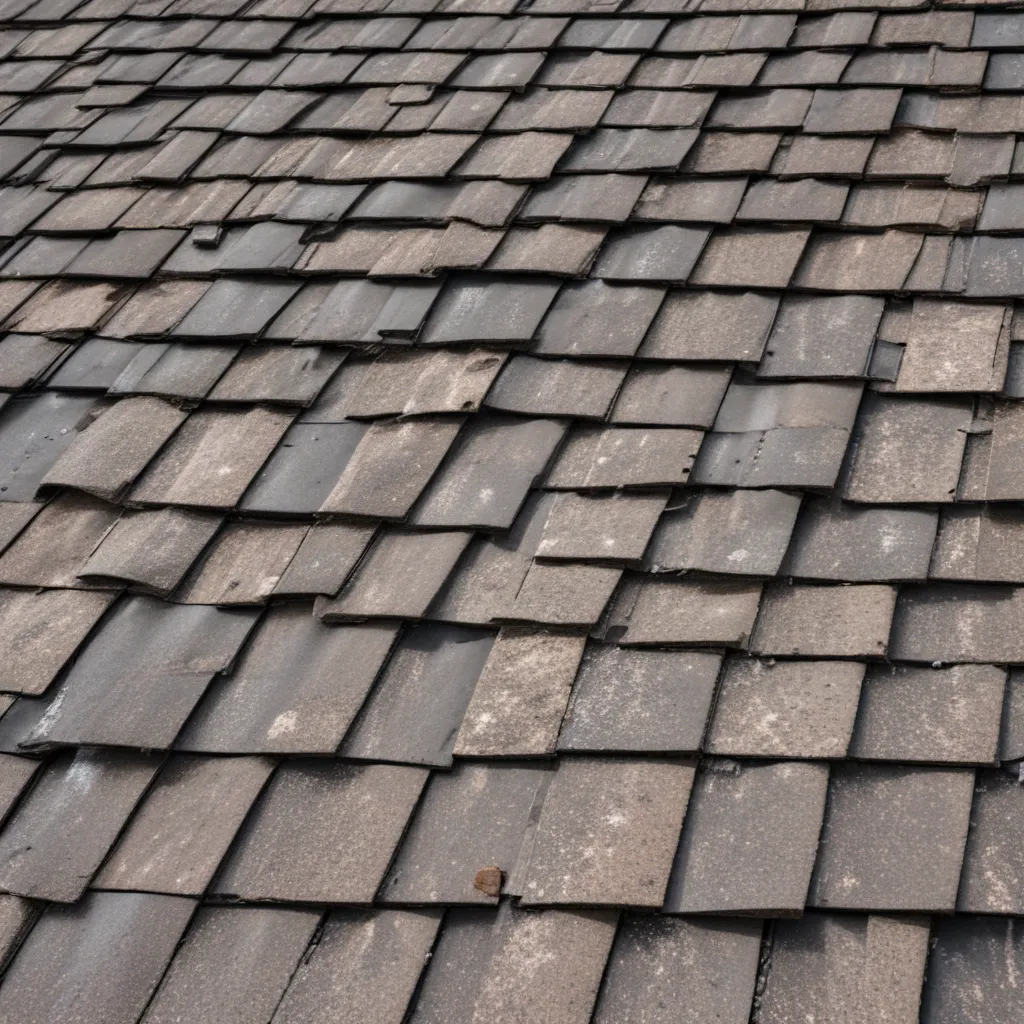
As an experienced roofing specialist at Genuine Roof Systems, I understand the critical role a well-designed, weatherproofed roof plays in safeguarding your home against nature’s most extreme conditions. Whether you’re battling scorching summers, freezing winters, or powerful storms, your roof is the first line of defense against the elements. In this comprehensive guide, we’ll explore proven weatherproofing techniques to ensure your roof is prepared to withstand even the harshest weather.
Roof Structure Considerations
The foundation of a weatherproof roof begins with its design and material selection. A carefully considered roof structure can make all the difference in how well it performs under extreme conditions.
Roof Shape and Pitch: The shape and pitch of your roof significantly impact its ability to shed water and resist wind uplift. Steeper roof slopes, for example, promote better drainage and help prevent water infiltration during heavy downpours. Conversely, shallow-pitched roofs may be more vulnerable to snow and ice buildup, leading to potential leaks and structural damage.
Roof Material Selection: The choice of roofing materials is crucial for weatherproofing. Metal roofing, with its exceptional durability and fire resistance, often excels in withstanding high winds, hail, and even wildfires. Asphalt shingles, a popular and cost-effective option, can be engineered to provide impact and wind resistance. Tile roofs, whether made of clay or concrete, offer superior thermal mass, making them well-suited for hot climates. Each material has its own strengths and weaknesses, so it’s essential to select the one that best suits your local weather patterns and aesthetic preferences.
Structural Integrity: Ensuring the structural integrity of your roof is paramount. Proper bracing, reinforcements, and the use of high-quality fasteners can significantly enhance a roof’s ability to withstand extreme wind loads, heavy snow accumulation, and other severe conditions.
Environmental Factors
Understanding the specific environmental challenges your roof may face is the first step in developing an effective weatherproofing strategy.
Temperature Variations: Extreme temperature fluctuations can take a toll on roofing materials, causing them to expand, contract, and potentially degrade over time. In hot climates, excessive heat can accelerate the deterioration of asphalt shingles, while in cold regions, rapid freeze-thaw cycles can lead to the formation of damaging ice dams.
Precipitation Patterns: The amount and type of precipitation your area receives play a crucial role in roof design and material selection. Regions with heavy rainfall require robust waterproofing measures, such as quality underlayment and properly sealed flashings, to prevent leaks. Areas prone to heavy snowfall need roofs designed to support substantial snow loads without compromising structural integrity.
Wind Exposure: High-wind events, such as hurricanes or severe storms, can pose a significant threat to roofs. Proper bracing, reinforcements, and the use of impact-resistant materials can help your roof withstand the forces of powerful winds, reducing the risk of costly damage.
Moisture Management Strategies
Effective moisture management is the cornerstone of a weatherproof roof. By employing various waterproofing techniques and ventilation solutions, you can safeguard your home from the devastating effects of water intrusion and condensation.
Waterproofing Methods: Ensuring a watertight roof begins with the installation of high-quality waterproof membranes, which create a barrier against moisture infiltration. Complementing these membranes, the strategic application of sealants around roof penetrations, such as vents and chimneys, further enhances the weatherproofing. Proper drainage systems, including well-designed gutters and downspouts, play a crucial role in directing water away from the roof and foundation, preventing water buildup and potential leaks.
Ventilation Solutions: Effective roof ventilation is essential for maintaining a healthy, weatherproof environment. Attic ventilation helps regulate temperature and humidity levels, reducing the risk of moisture-related issues like mold, mildew, and ice dams. Roof vents, strategically placed, facilitate air circulation and prevent heat buildup, which can degrade roofing materials over time.
Insulation and Energy Efficiency
Integrating insulation and energy-efficient design elements into your roof can significantly enhance its weatherproofing capabilities while improving overall home comfort and energy performance.
Insulation Types: Proper insulation is a critical component of a weatherproof roof. Thermal insulation, such as fiberglass or cellulose, helps maintain stable indoor temperatures by preventing heat transfer. Radiant barriers and reflective coatings can further enhance the roof’s ability to reflect solar radiation, reducing the strain on your HVAC system and lowering energy costs.
Energy-Saving Measures: Beyond insulation, incorporating energy-efficient design features can contribute to a weatherproof roof. Passive solar design, which leverages the sun’s natural patterns, can help regulate indoor temperatures and minimize the need for artificial heating and cooling. Cool roof coatings and green roofing systems are additional strategies that can boost a roof’s thermal performance and reduce the urban heat island effect.
Extreme Weather Preparedness
As the frequency and intensity of extreme weather events continue to rise, it’s crucial to ensure your roof is designed and maintained to withstand the harshest conditions.
Storm Resistance: In regions prone to powerful storms, wind-resistant roof designs and the use of impact-resistant materials can make a significant difference in protecting your home. Reinforcement techniques, such as the strategic placement of hurricane straps or bracing, further enhance a roof’s ability to withstand the forces of high winds and heavy precipitation.
Wildfire Protection: For homeowners residing in fire-prone areas, the selection of fireproof roofing materials and the incorporation of ember-resistant features are essential for safeguarding your home. Complementing these design elements, effective vegetation management around the roof’s perimeter can help create a defensible space and reduce the risk of wildfire damage.
By addressing these key considerations – from roof structure and material selection to moisture management and extreme weather preparedness – you can ensure your home is protected by a weatherproof roof that stands strong against nature’s most formidable challenges. At Genuine Roof Systems, we are committed to providing high-quality roofing solutions and expert guidance to help you achieve the ultimate in weather-resistant performance. Contact us today to learn more about how we can help you create a roof that withstands the test of time and the elements.

























